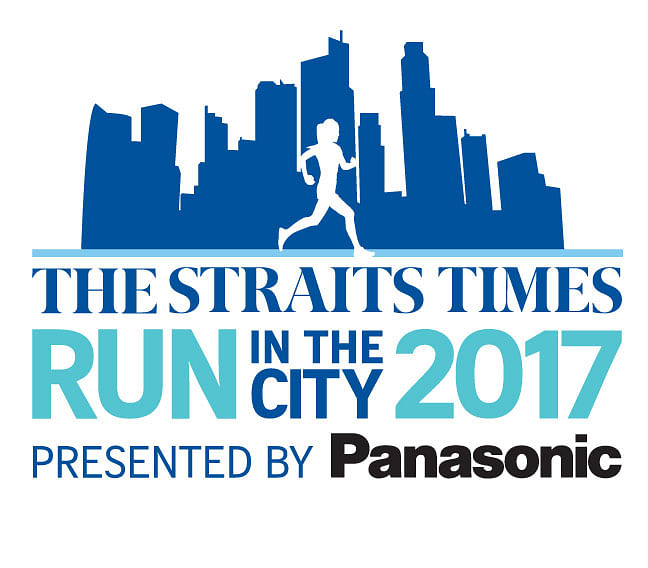Shoes are the most important piece of equipment to ensure a safe and effective run.
It is vital for us to understand the benefits of choosing the right pair of shoes, not only to minimise the risk of injury during exercise, but to prolong the years of running as a sport.
Bear in mind that the right shoes for one individual may not be suitable for another.
High-impact activities such as running require a pair of good shoes that provide adequate support, cushioning and traction in the sole.
This ensures good shock absorption and minimises the risk of falls, especially when the terrain becomes slippery due to weather conditions.
When choosing running shoes, here are a few key factors to consider.

FOOT TYPE AND CORRESPONDING CHOICE OF SHOE
Footwear that does not provide the right kind of support for the feet predisposes the individual to repetitive stress injuries.
A simple visual way of assessing your foot type is to stand with both feet on the floor, next to a full-length mirror. Ensure that the inner parts of your feet are visible. Put an equal amount of weight on both feet and take a look at the height of your arch in the mirror.
If your arch looks like a smooth curve, you have a neutral arch and will require shoes that offer stability and balance.
If the arch is angled more acutely, you have an excessively high arch and will need a pair of shoes with good cushioning.
If you arch is low and you have flat feet, motion-control shoes will be most suitable for you.
The depth and width of the shoe should accommodate foot deformities such as bunions or clawed toes. A pair of well-fitted shoes should not cause abrasions, blisters or redness to any part of the feet.
GENERAL BUYING TIPS
Shoes with broad-based soles no greater than 2.54cm in height will ensure good stability when one is exercising. The material of the upper should provide good ventilation to help with heat dissipation and maintain the moisture balance within the shoe.
As the lower limbs tend to swell at the end of the day, we suggest that you shop for shoes around that time so that there is a greater chance of getting a better fit.
Shoes with rounded-toes have adequate width and depth to make it more comfortable for the athlete during intensive activities. Laces or straps help to enhance the fit of the shoes by allowing you to adjust the width to a certain degree. Test the shoes for a suitable length by making sure that the space between the front of the shoe and the longest toe is about a thumb's width while standing up.
SHOE CARE TIPS
If you run every day or multiple times a day, it is recommended that you buy more than one pair of shoes and rotate them.
The foam within the sole of the shoes will be compressed when you wear it, and it usually takes a few hours (depending on the length of the run) for it to return to its full thickness.
In addition, rotating the shoes will ensure that the maximum mileage for the pair of shoes is reached much later. The maximum mileage is about 800km for a pair of shoes.
Consider replacing the running shoes once you feel that the soles have flattened out or you start to develop foot pain and fatigue, even with the same running regimen.
Do not machine wash or put your shoes in the dryer as this may cause the materials in the shoes to disintegrate.
Always wear socks and air the shoes after use as moisture encourages bacterial growth, leading to foot odour and fungal infection.
• Lee Qimin and Supapong Supantamart are podiatrists at the National University Hospital Rehabilitation Centre. They are part of the multi-disciplinary team at the NUH Sports Centre.

